Ruby, indie pattern designer and founder of Spokes & Stitches, shares her creative journey toward a new, nurturing approach to fashion design that welcomes people of all shapes and identities. Read on to hear all about how Ruby uses her MyBodyModel croquis to design for her body, her wardrobe, and her vision for an inclusive and joyful sewing community.
My handmade wardrobe journey is a bit unusual. I’ve been sewing and designing my own clothes since I was a teen. As a young person (and a millennial from an artsy family), I was encouraged to turn my passion into a career. I went to undergrad for fashion design and struggled for years afterwards to find my place in the fashion industry.
I wasn’t interested in mass-production, and I was turned off by the industry’s fixation on a particular body type, which I myself did not possess. Here is a photo from my senior collection fashion show:
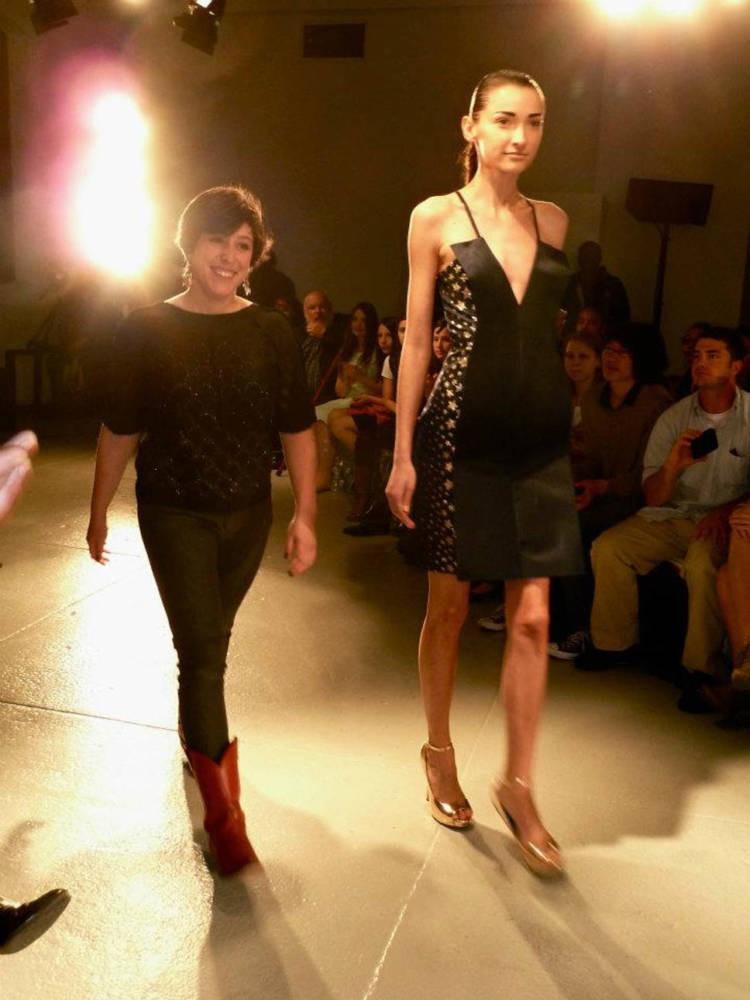
I ended up working in higher education and tutoring fashion students on the side. I made my own clothes for the office, and I took commissions for artistic projects here and there.
I started my indie pattern design company, Spokes & Stitches, in 2020. I challenged myself to bring to life the kind of company I’d always wanted to work for but hadn’t found. I wanted to approach clothing and pattern design in a way that felt nurturing, gender-expansive, and DIY. I started going to webinars and online events in order to learn how the landscape of home sewing had changed since I was in high school over a decade ago.
I first learned about MyBodyModel through a virtual sewing event called World Frocktails. As soon as I heard Erica speak about the product, I knew that it was exactly what I’d been wanting all these years and that it aligned perfectly with the mission of my company to welcome people of different sizes and genders into the world of sewing a handmade wardrobe.
Though I was able to make clothes that fit my body, I always had a hard time drawing myself. I tried to retrain my eye many times, but my drawing skills were “stuck” on the default fashion illustration style I was taught in fashion school: a ten-head-tall figure with impossibly long limbs, a narrow waist, a swan-like neck, and perky breasts. Basically nothing at all like my thick-waisted, large-busted, narrow-hipped, five-foot-one-inch tall body.
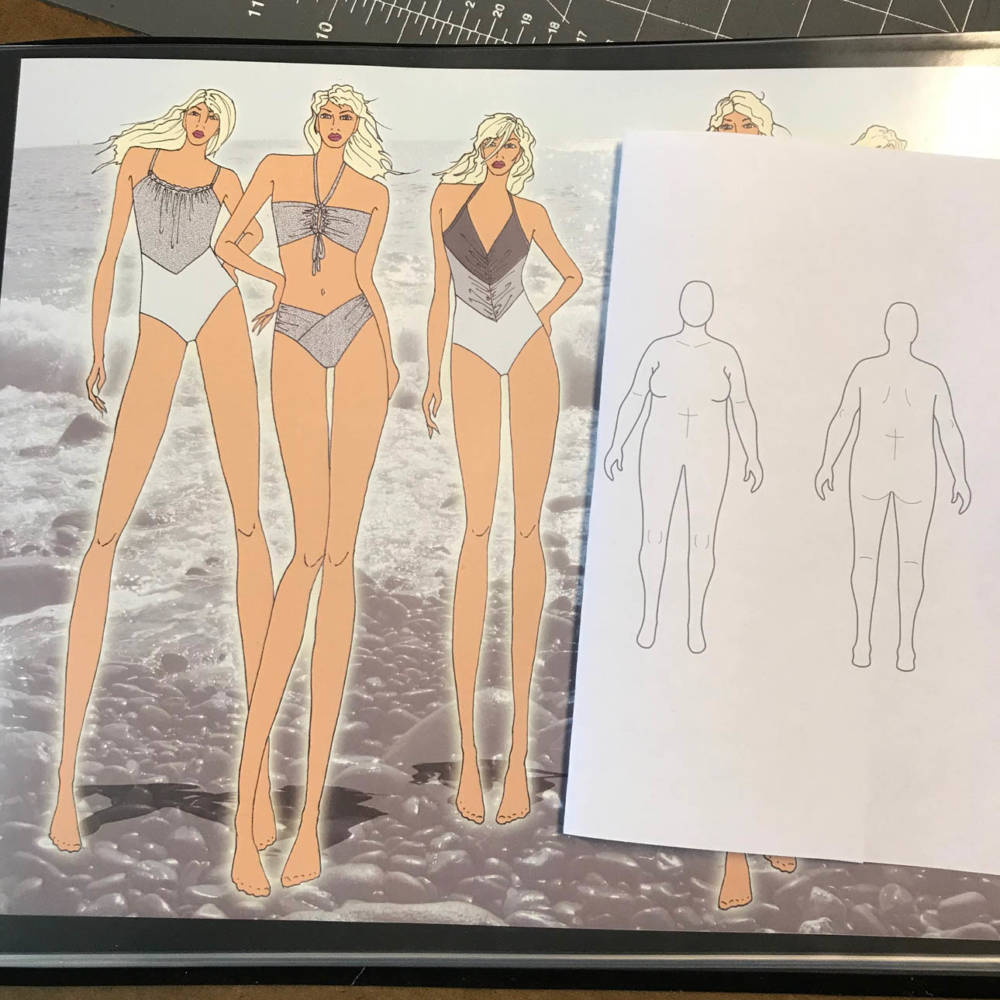
Every few months, I’d try to draw myself a new croquis that was more “me-shaped,” but the task was always psychologically taxing. It’s so difficult to capture our own shapes objectively, even when tracing a photo. It’s so tempting to think “I can’t really look like that” and exaggerate or reduce certain features to be more aligned with what we want or expect.
As soon as I entered my measurements into the MyBodyModel tool, a world of possibilities opened. I no longer had to spend time fretting over whether the figure I drew was accurate or to scale: I could just accept that that’s what I look like and get on with deciding what I wanted to make for myself next.
I’ve used My Body Model for a variety of personal projects this year. To make it look even more like me, I photoshopped my head onto my body outline and made my own wardrobe planning templates too!
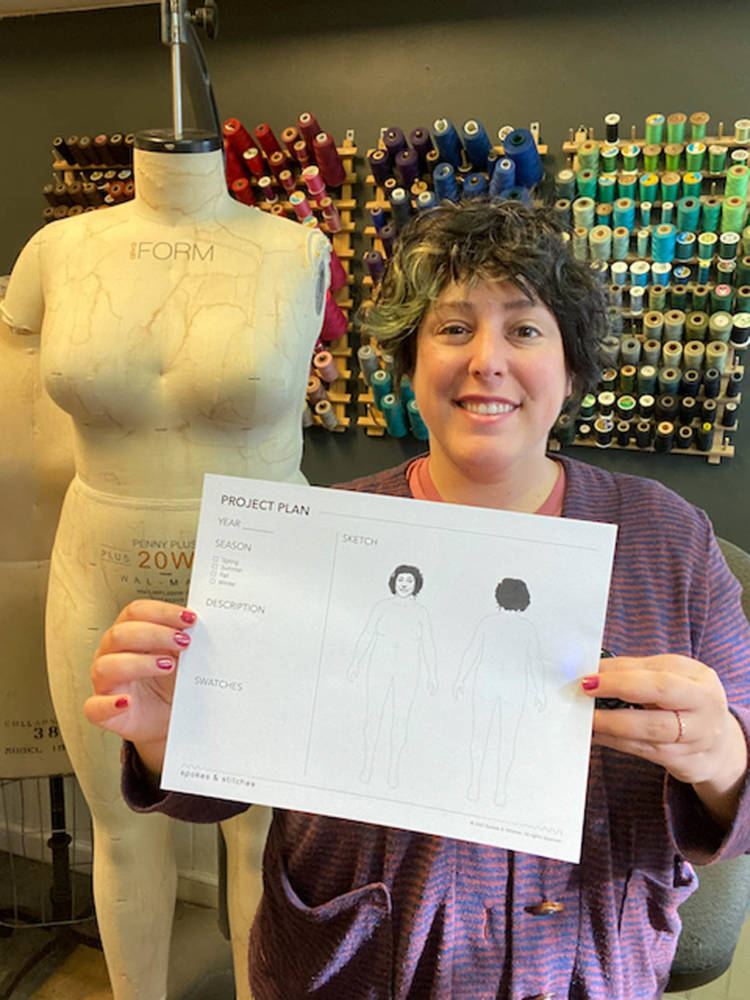
Back in May, I decided to try the #mybodymodel3x3 Capsule Wardrobe challenge. I sketched out 9 of my favorite me-made items that I could pair together in interesting ways. This was a really helpful way to visualize potential outfits and combinations I hadn’t thought of before.
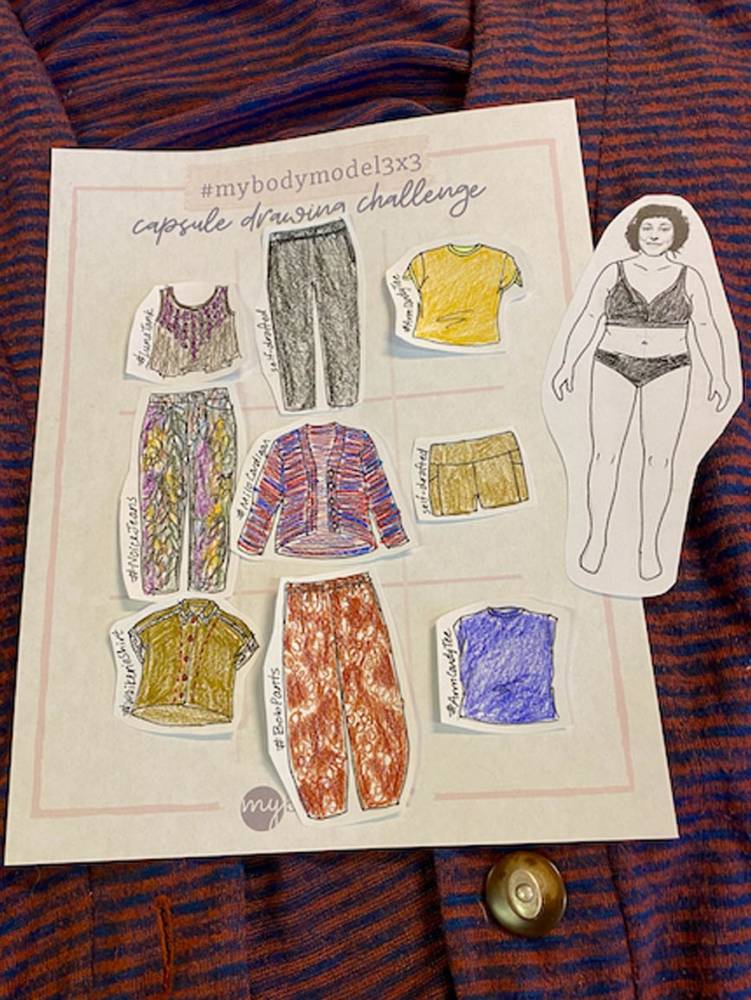
Here are a few of my favorite outfits from my #mybodymodel3x3 collection:
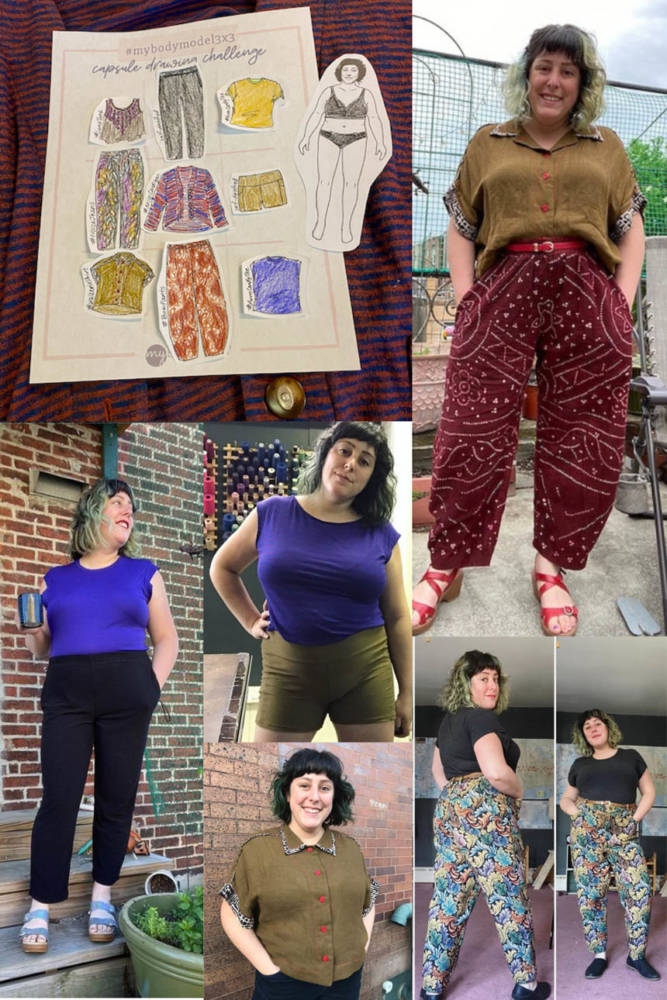
I’ve also used MyBodyModel templates to plan out new handmade wardrobe pieces for each season. Prior to this year, I had never thought to plan out my personal sewing projects like a collection. I just made what I thought I needed as it came up, but this lack of methodology meant that I often spent time on pieces that didn’t fit with the rest of my wardrobe and went unworn.
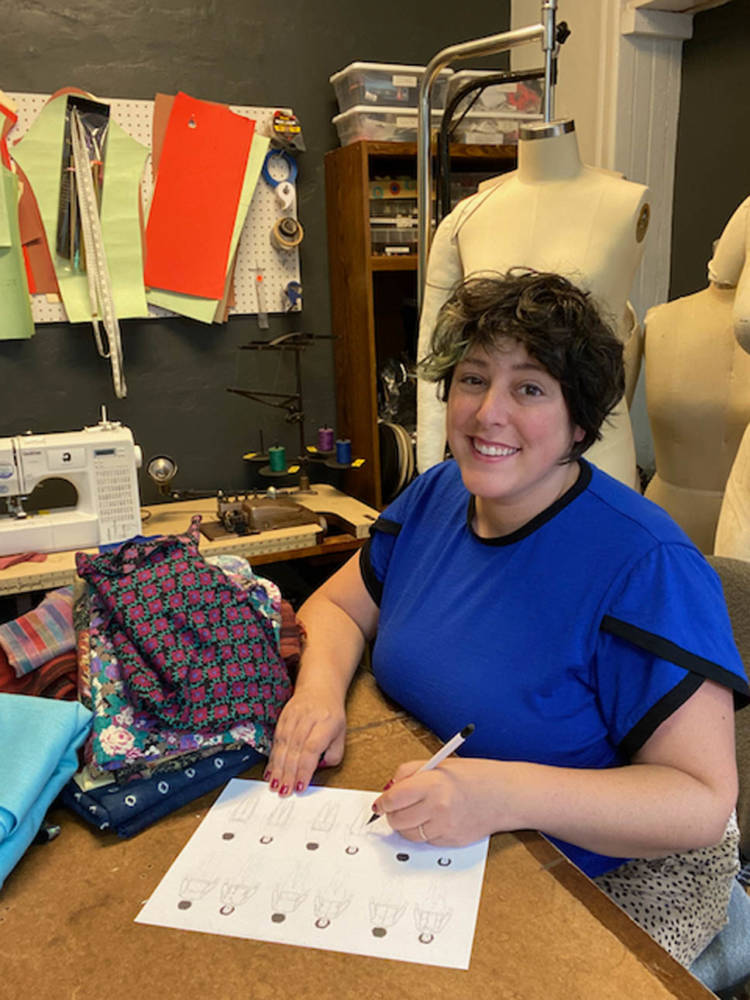
MyBodyModel was instrumental in helping me plan my outfit for my casual self-uniting wedding ceremony this past September. I got to experiment with different shapes, stylelines, and silhouettes before I committed to draping my design directly on my dress form.
Designing with MyBodyModel ensured that the proportions of my design would look good on my actual body and not just on my dress form, which is more of a standard size than my own body.
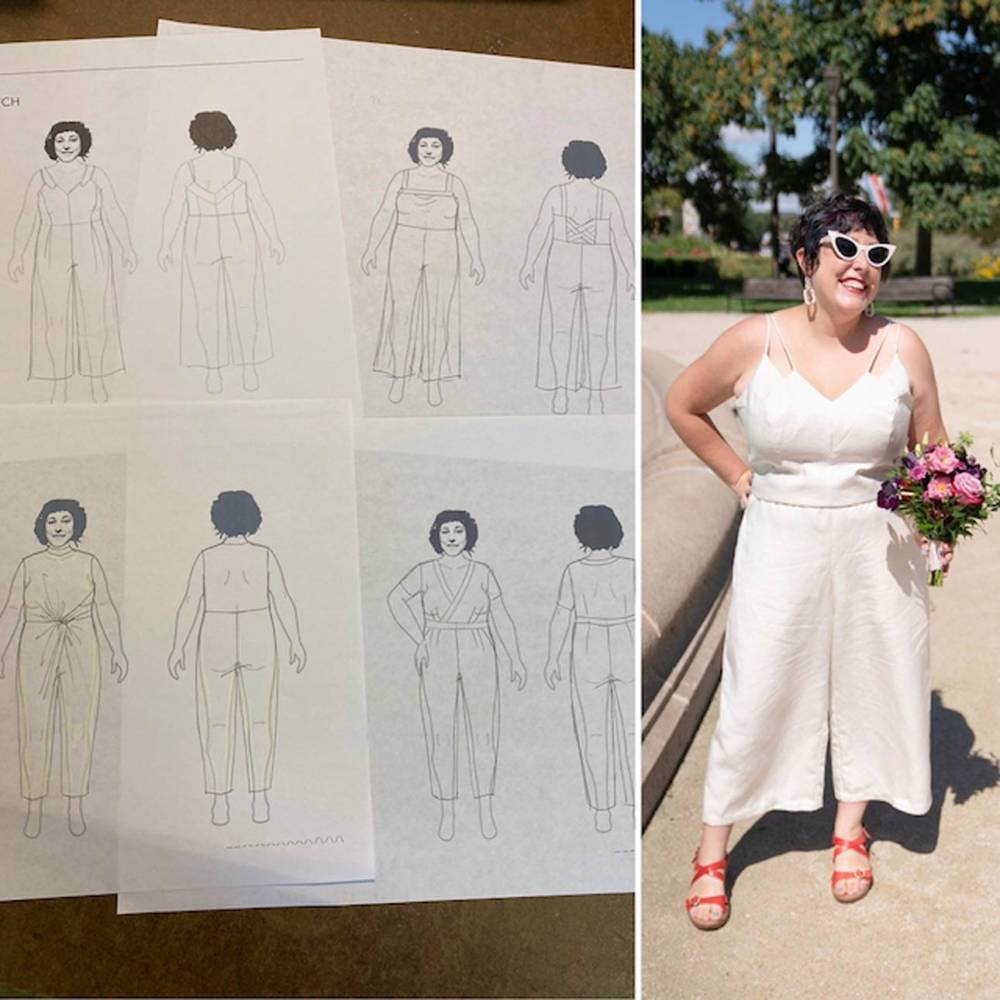
I think MyBodyModel is an invaluable tool to open up the worlds of home and custom sewing to people of many different shapes, proportions, and identities. I love the way that the product blends technology with DIY culture, offering a way for each user to obtain an accurate shape through which they can begin to find care and joy in dressing themselves and one another.
I anticipate that I will continue to use MyBodyModel for my own personal wardrobe planning for years to come, and I hope that it allows others to envision themselves in my pattern designs too.
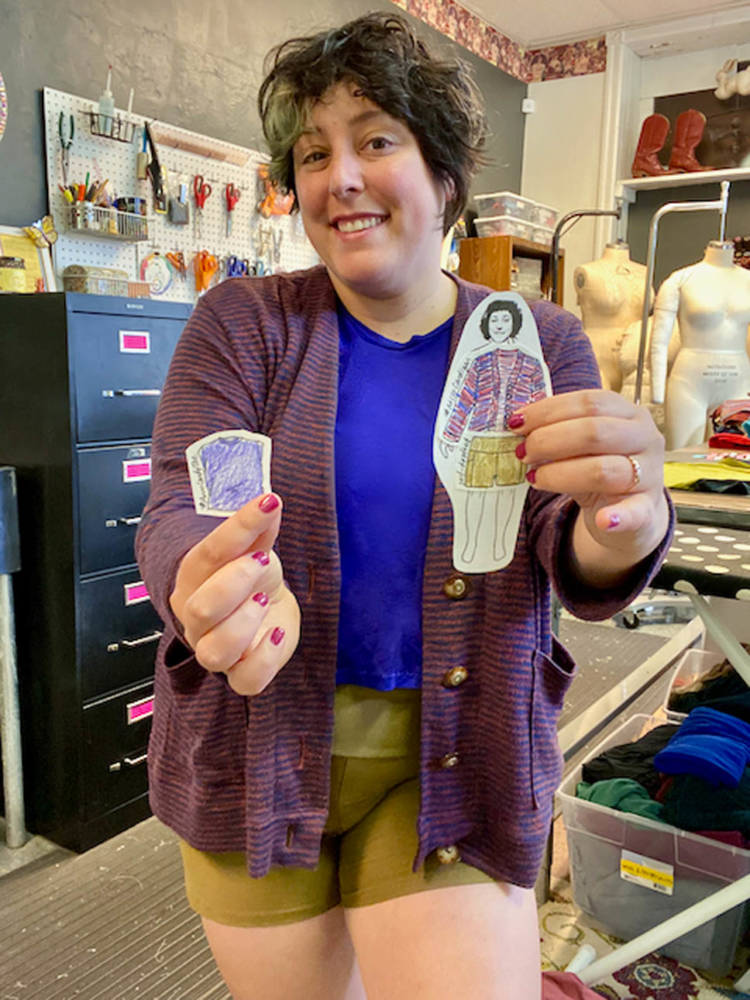
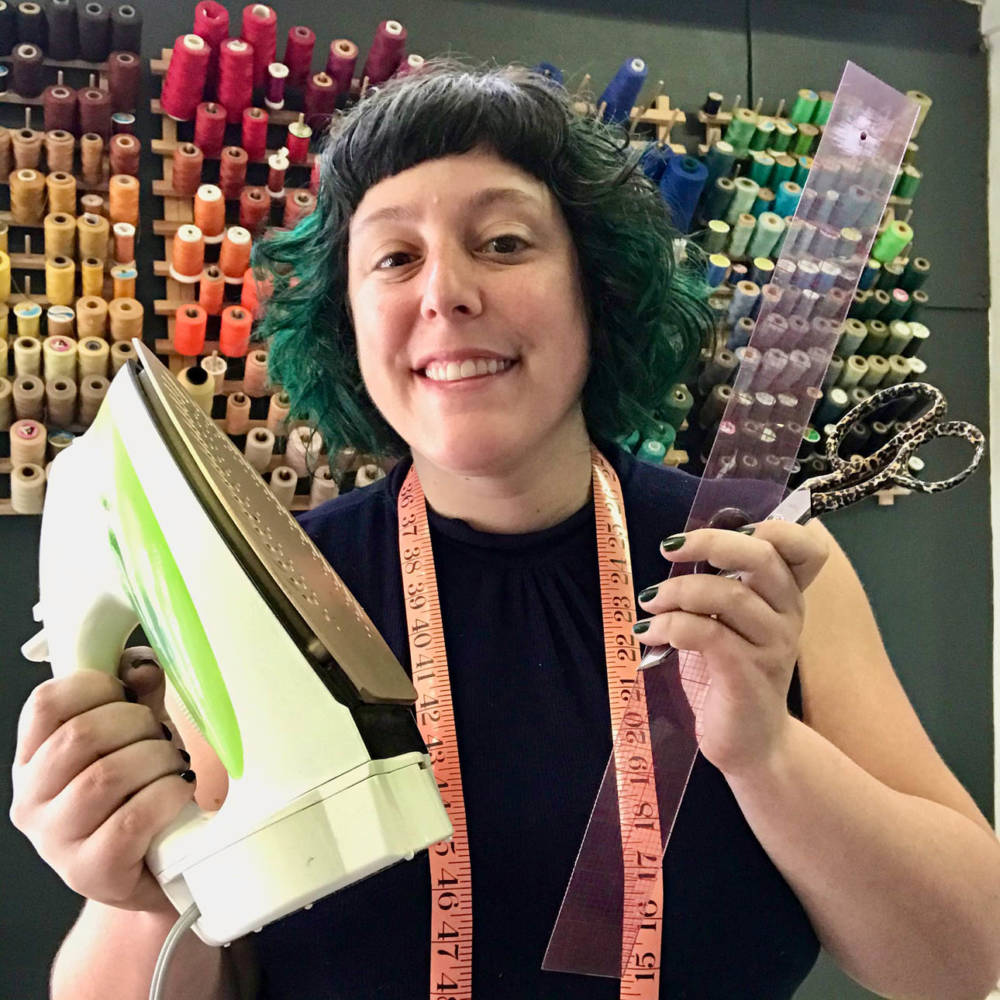
My name is Ruby (she/her), and I’m the pattern designer behind the indie pattern company Spokes & Stitches. I live in Philadelphia, Pennsylvania with my spouse and our two tabby cats. In 2020, I decided to take the leap into digitizing some of my favorite self-drafted patterns and modifying them to fit a wide range of bodies. Spokes & Stitches patterns are drafted for two gender-neutral proportional fits, which I call linear and dynamic, and currently accommodate a hip measurement from 30”-75”. My designs are inspired by the solarpunk movement. You can follow me on Instagram at @spokesandstitches and sign up for my weekly emails on my website.
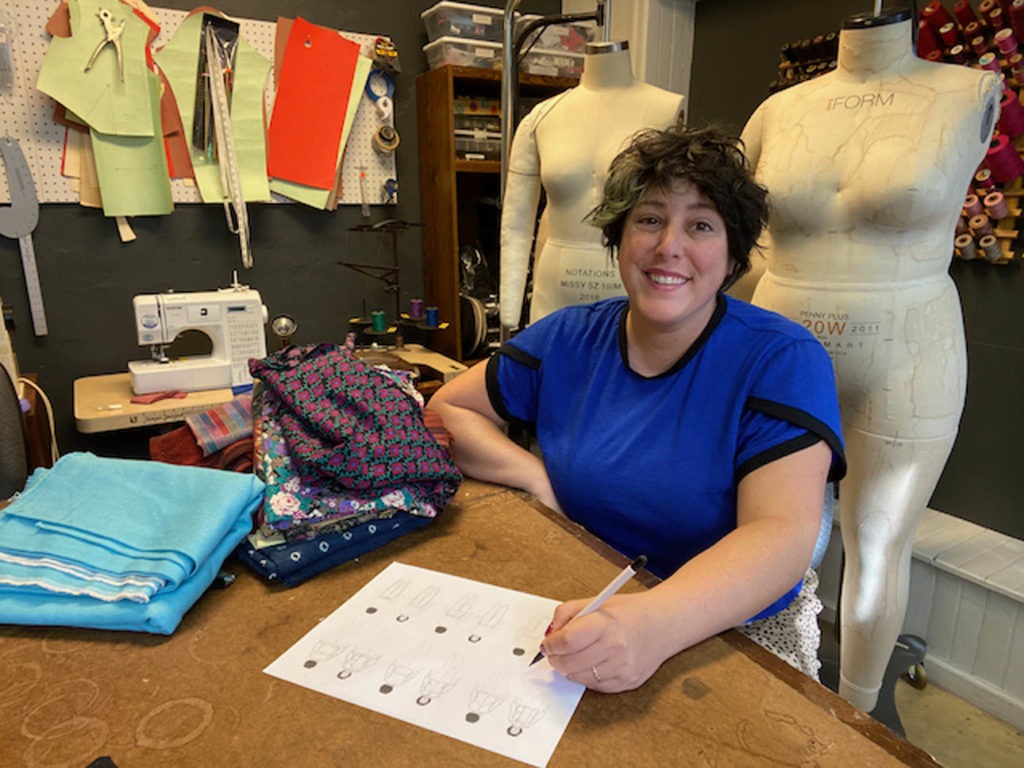

3 thoughts on “From Fashion School to Indie Pattern Designer: Breaking Design Standards with MyBodyModel”
Thanks so much for the opportunity to share my story and rave about how much I love My Body Model! ❤️
Pingback: www.mybodymodel.com fashion login - anlogin.com
Yes, a small bit of editing can make your croquis even more personal. I only added hair outline to my head, to avoid veering into creepy territory :-). But I also raised my front waistline and emphasized the belly a bit more, accentuated the bust, straightened the knees. And more importantly I shortened the thighs and added to the rise. While the original was immensely better than any fashion illustration, I’m glad I took the time to refine the proportions that make my body truly unique, so I can work with that more realistically. I’m not a graphic designer, this took me a couple days, you too can learn enough..